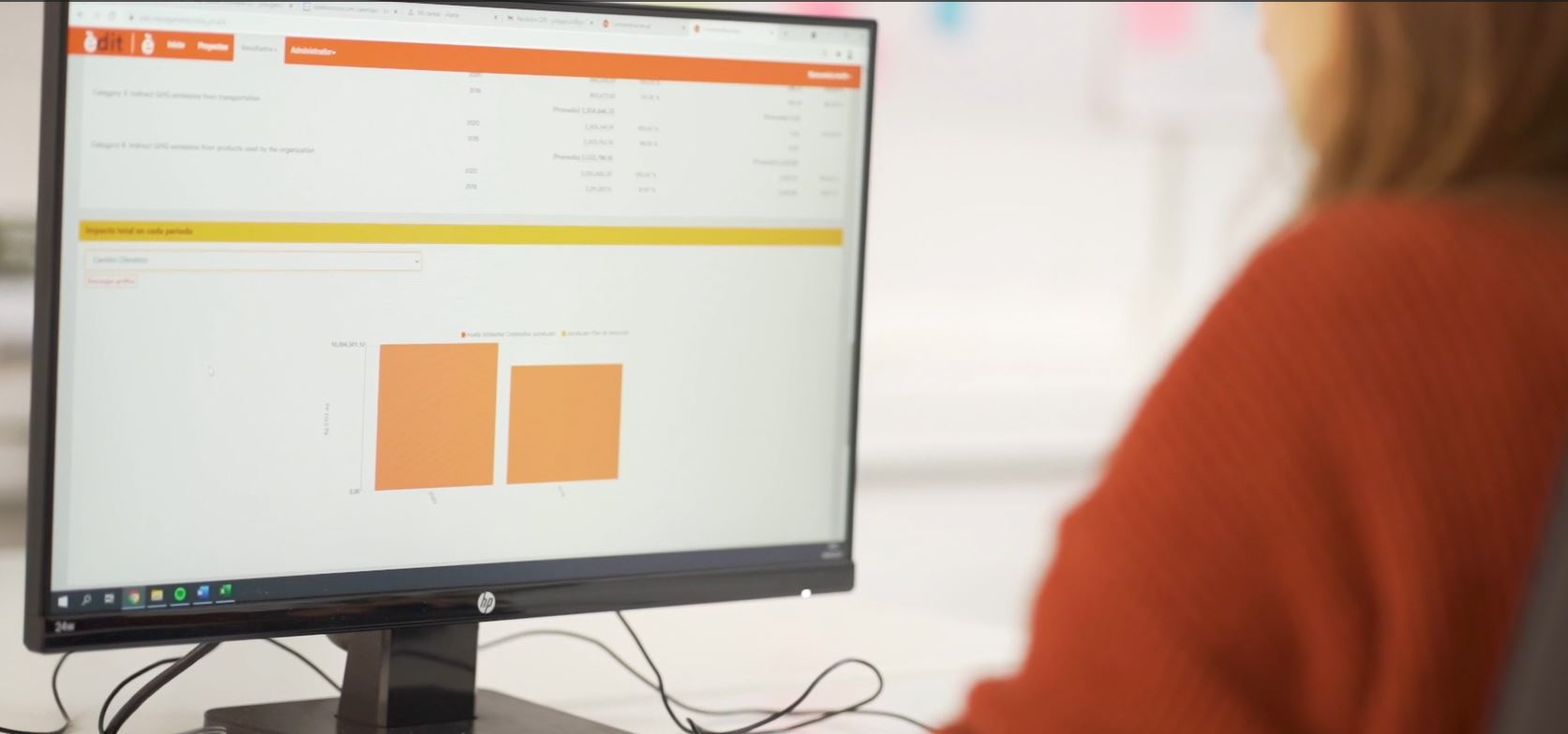
Prevention officer (in industrial hygiene).
Other denominations
Senior industrial hygiene technician
Description
Employers are required to carry out the necessary occupational risk prevention operations in order to protect the health and safety of their workers. To perform these operations correctly, they must be advised by professional prevention officers. The regulations on occupational risk prevention are set forth in Law 31/1995, of 8 November, on occupational risk prevention, and Royal Decree 39/1997, of 31 January, which sets out the Regulations for prevention services and all other associated services. The Regulations on Prevention Services define the qualifications required by and duties of the professionals who wish to work in occupational risk prevention, laying out four specialty areas at senior level: occupational health, occupational safety, industrial hygiene and ergonomics and applied psychosociology.
Tasks
The Regulations on Prevention Services set out the main duties of senior specialists and, although the duties are the same in the different speciality areas, the way in which they are applied varies significantly in each case. As such, industrial hygiene prevention officers:
- Promote the prevention of occupational risks across the board at the company, so that the policy of prevention is integrated into the organisation and everyone incorporates this concept into their position, from the operator and middle manager to the directors. Occupational risk prevention coordinates all of the operations performed at a company to eliminate or minimise work-related risks.
- Undertake the assessment of occupational risks at the company. Occupational risk assessments estimate the magnitude of the risks that exist at the company, depending on the likelihood of a hazard occurring and the severity of the potential consequences (minor, major or severe). Risk assessments take into account working conditions and workers' characteristics. As part of the risk assessment process, senior technicians, depending on the type of assessment performed, establish measurement strategies to ensure that the results obtained reflect the reality and, furthermore, flexibly apply and interpret the assessment criteria. In industrial hygiene, for example, they measure the concentration of substances to ensure that they under the limits set out in the specific regulations. If they are above said limit, they are responsible for planning preventive action.
- Propose measures to control and reduce risks. Once the occupational risk assessment has been completed, technicians propose measures to eliminate or reduce the occupational risks identified. These proposals may include:
Preventive measures at the source of the hazard; for example, if a machine makes a lot of noise, fit a guard to reduce this noise to acceptable levels according to the regulations.
Organisational measures, which are put in place when the hazard is caused by poor organisation by the company.
Collective protection measures. When the risk affects a group of workers, they seek to apply collective measures, such as confining the use of chemical products to special, restricted rooms.
Individual protective measures. Establish measures for specific workers, particularly where it is not possible to apply collective protection measures, such as for example, using protective masks when products that give off toxic or irritant gases are employed.
As part of the control actions, periodically check the working and organisational conditions to identify any substantial changes that may entail a health hazard for workers (e.g. taking regular measurements, etc.) - Ensure compliance with the occupational risk control and reduction programme set out following the risk assessment and perform control and reduction tasks by planning the prevention work defined by the company. For example, if the decibel level is above the standard set out in the regulations, prevention officers must establish the necessary measures to reduce this noise (e.g. isolating the noise source) and organising a schedule for the periodic monitoring of noise.
- Inform and train workers in relation to occupational hygiene. Companies have the obligation to offer information about the risks that exist in each position, as well as the risks at the company in terms of hygiene. Train workers in occupational risk prevention in relation to their position. For example, tell them how to handle chemical products and what protective equipment they should use (gloves, goggles or protective aprons).
- Plan preventive action. The aim of preventive action is to eliminate, reduce and control occupational risks. Following the completion of the risk assessment, technicians establish the priority of the preventive actions to be applied depending on the most severe hazards, those which are most likely to occur and the number of workers they affect. If a risk has been identified associated with the use of chemical products, they have to establish how to reduce the concentration of the product, or whether there is an alternative that does not affect workers' health, etc. They are responsible for defining an action protocol and performing periodic checks on the concentration of the product.
- Coordinate the actions performed in relation to emergencies and first aid. Companies must have a self-protection plan that sets out what type of emergencies might occur, what measures should be adopted in each case, and how the company should be organised in the case of an emergency. These technicians oversee the coordination and application of self-protection plans such as, for example, in the case of a tank used to store flammable and toxic products having exploded.










 | Catalan | Beginner
| Catalan | Beginner | Catalan | Advanced
| Catalan | Advanced
 Open
Open



 | Catalan | Beginner
| Catalan | Beginner


